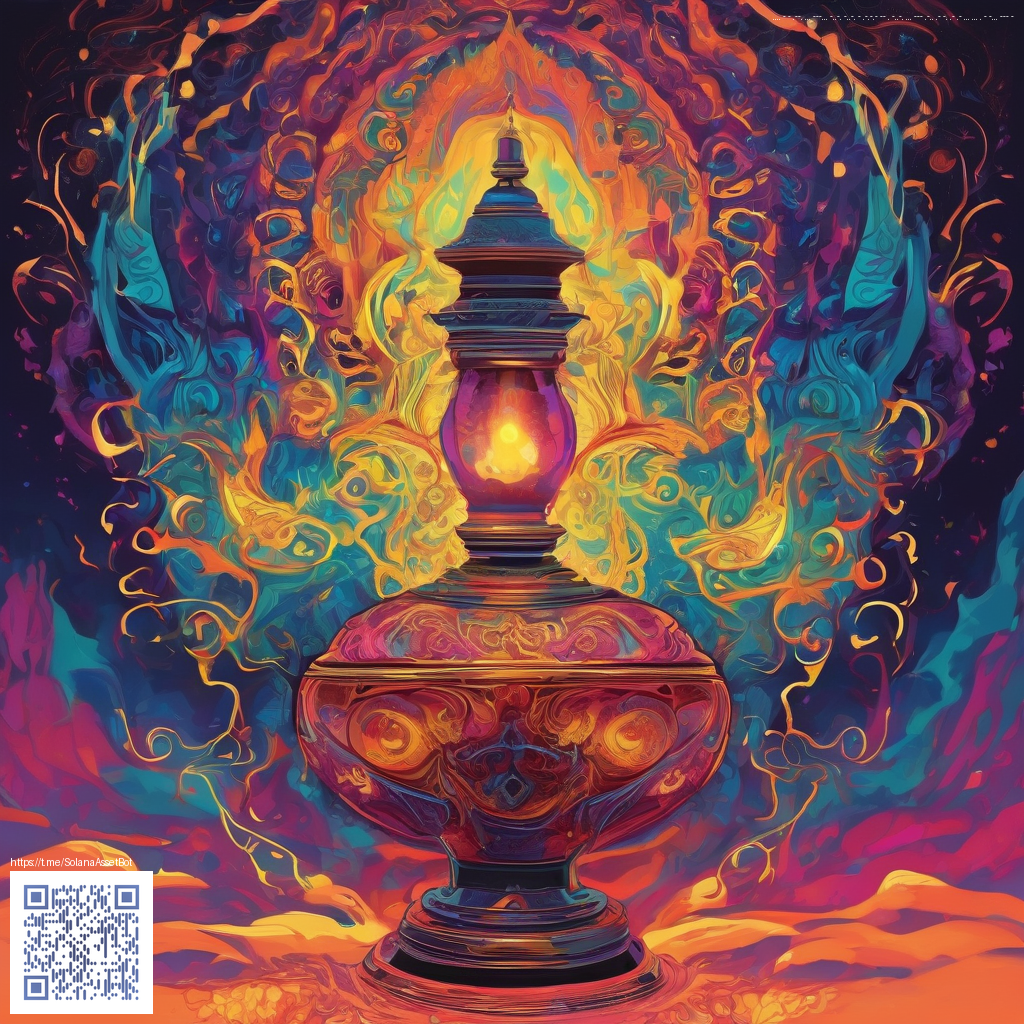
Watercolor Digital Paper: A Design Essential
Watercolor digital paper has moved beyond a pretty background to become a strategic tool in a designer’s toolkit. The grainy texture, delicate washes, and subtle bleeds mimic traditional media while offering the flexibility and scalability that digital work demands. When used thoughtfully, watercolor textures add warmth, personality, and visual interest to branding, packaging, UI mockups, and social media assets. It’s a design element that can bridge the gap between handcrafted charm and modern polish.
At its core, watercolor digital paper is about texture with intention. It gives surfaces a tactile feel without overwhelming the composition. Designers often layer these papers with typography, vector shapes, or photography to create depth that feels organic rather than flat. The versatility is what makes it a staple: you can lean into soft, airy visuals for a calm aesthetic or introduce bolder washes to create contrast and energy. This balance is essential when you’re building a cohesive brand language across multiple formats.
Texture, Depth, and Color Play
The beauty of watercolor lies in its unpredictability. Each brush stroke carries a hint of water and pigment that bleeds into the paper, producing edges that are never perfectly crisp. Translating that imperfect charm to the digital realm invites viewers to engage more deeply with your content. When applied to backgrounds, watercolor papers can guide the eye toward key elements—whether it’s a hero image, a call-to-action, or a product detail. In design systems, they serve as a unifying layer that softens angular shapes and adds human warmth to otherwise clinical interfaces.
A practical approach is to use watercolor textures as a base layer and then build up with overlays, gradients, and typography. Consider pairing a gentle wash with muted brand colors to maintain legibility, especially in headers or navigation bars. For digital presentations, watercolor papers can become the connective tissue that ties slides together, ensuring a consistent mood from opening to closing remarks.
“Texture is not decoration; it’s an emotional cue that signals care, craft, and context.”
Practical Ways to Use Watercolor Digital Paper
Here are concrete applications that demonstrate why this material is considered essential:
- Backgrounds for hero sections on websites, where a watercolor wash subtly guides attention toward the main message.
- Backdrop textures for product photography, helping items pop without competing with them.
- Social media templates and story visuals that convey a handcrafted, artistic vibe.
- Packaging mockups and board designs, adding depth and tactility to consumer-facing concepts.
- Print materials like posters and brochures, where the texture translates beautifully in high-resolution formats.
Design teams can explore a curated palette of washes to maintain brand coherence. For designers who manage physical workspaces while crafting digital assets, a small desk accessory like the Phone Stand for Smartphones 2-Piece Wobble-Free Desk Decor can streamline workflow during quick moodboard iterations or client reviews. If you’re looking to expand your resources, you can visit the design resources page at https://1-vault.zero-static.xyz/index.html for broader inspiration.
Workflow Tips for Smooth Integration
To make watercolor digital paper truly sing across media, follow these practical tips:
- Work in a consistent color space (sRGB for on-screen work; Adobe RGB or CMYK for print) to preserve hue accuracy.
- Export at high resolution (at least 300 PPI for print; 72–150 PPI for most web use) and keep original layered files for future edits.
- Use a subtle vignette or a gentle edge fade to keep text readable when overlaying typography.
- Combine multiple washes with soft brush textures to create unique, reusable backdrops for various projects.
- Test the paper texture under different lighting or screen profiles to ensure it maintains its warmth and legibility across devices.
Incorporating watercolor digital paper into your design practice is about balance. Let the texture support the message rather than dominate it. A well-chosen paper texture can increase perceived value, evoke emotion, and keep viewers engaged long enough to absorb your content.